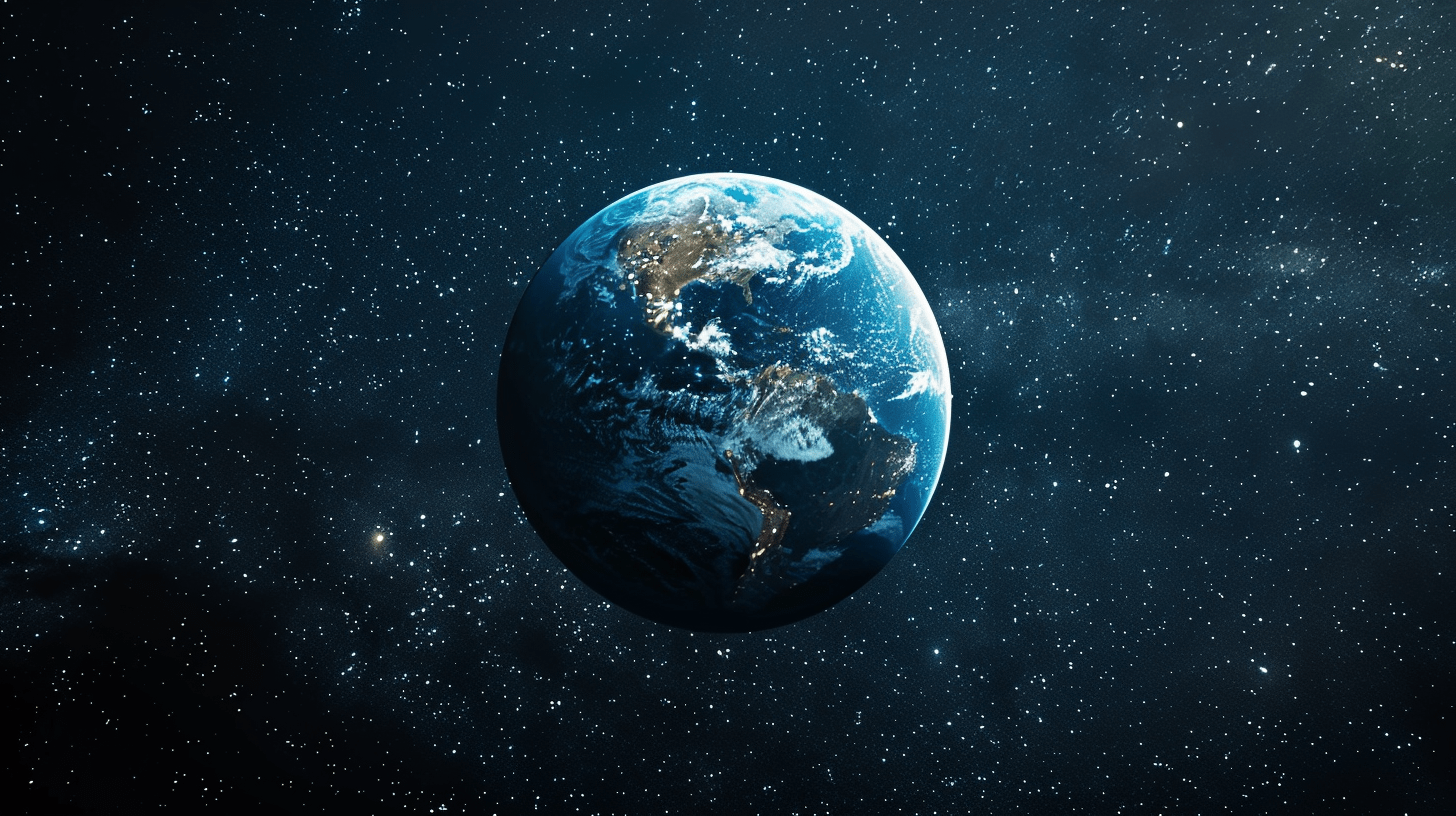Planetary Boundaries
Explore the concept of planetary boundaries, a scientific framework that identifies the environmental limits within which humanity can safely operate.

Stratospheric Ozone Depletion
The ozone layer in the stratosphere protects life on Earth by blocking most of the sun’s harmful ultraviolet (UV) radiation. Without it, increased UV exposure would damage DNA in living organisms, harm crops, and raise the risk of skin cancer and cataracts in humans.
In the late 20th century, scientists discovered that man-made chemicals called chlorofluorocarbons (CFCs) were breaking down ozone molecules in the upper atmosphere. This caused a seasonal “ozone hole” to form over Antarctica.
In response, the global community adopted the Montreal Protocol in 1987, an international treaty to phase out ozone-depleting substances. It is one of the most successful environmental agreements in history: the production of CFCs has been drastically reduced, and the ozone layer is now slowly recovering.
The planetary boundary for ozone depletion focuses on maintaining ozone concentration levels in key regions of the stratosphere. While some risks remain, especially with the illegal production of banned substances, the success of this boundary shows that coordinated international action can reverse environmental harm.